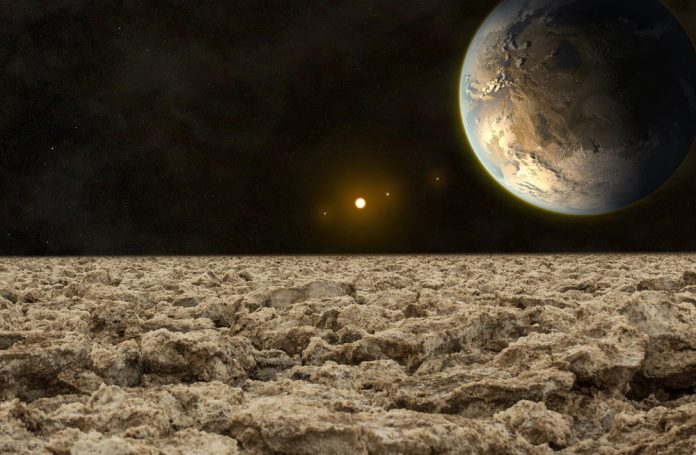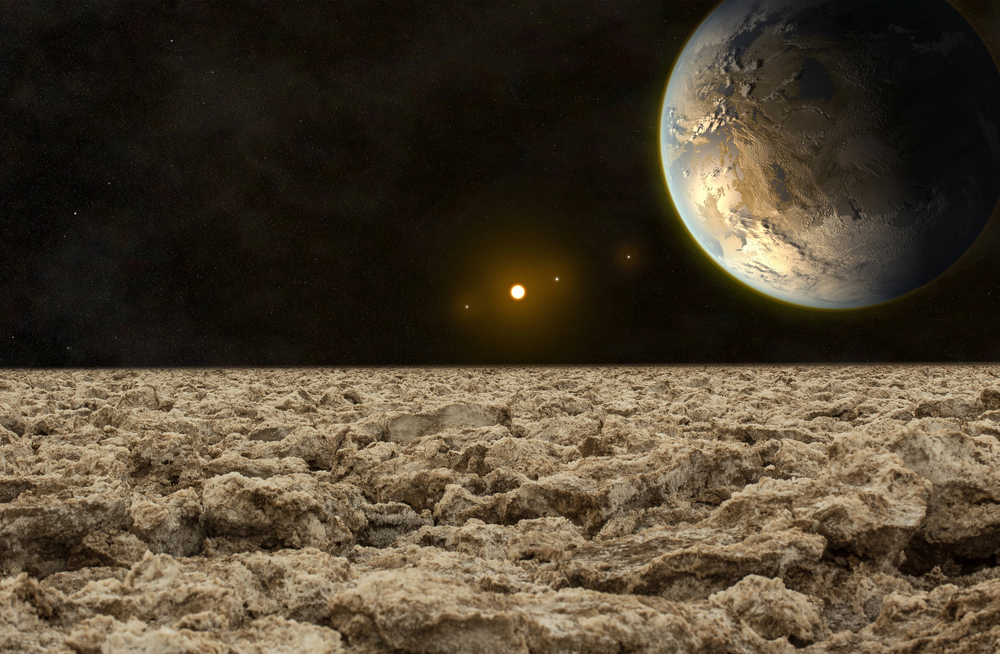
Is the cosmos full of life, or are we really alone? Trying to find out, astronomers have been scanning the heavens for planets outside our solar system that are so bizarre and extreme that they push the imagination and sometimes even the physics we think we understand. With each improved, more powerful telescope, over 5,600 exoplanets have been documented so far, each presenting a new piece in the cosmic jigsaw puzzle.
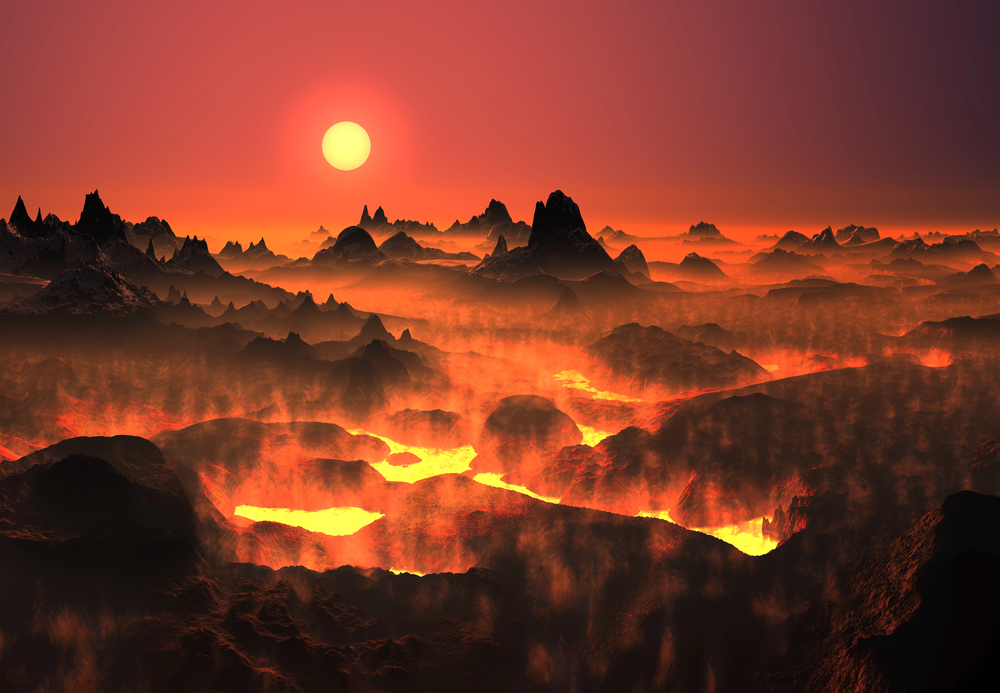
Among these findings, some exoplanets are notable not only because of their strange environments, but also because of what they tell us about the diversity of planetary systems and the intriguing potential for extraterrestrial life. From super-Earths with rains of lava to ocean worlds sporting enigmatic chemical signatures, these exoplanets are rewriting the textbooks on planetary science. Here are seven of the most intriguing exoplanets that have captivated astronomers and the public imagination.

1. K2-18 b: Water World at the Center of a Biosignature Storm
K2-18 b, revolving around a cool dwarf star 120 light-years away from our world, has been at or near the top of the list of most promising potential for habitable worlds. Recent JWST observations validated a water-volatile atmosphere and the existence of methane and carbon dioxide, which indicated that the planet might contain an oceanic body beneath an atmospheric sky with a high hydrogen composition. Things started getting really exciting when astronomers saw a hopeful sign of dimethyl sulfide (DMS), a molecule formed on our planet by marine organisms alone. But in July 2025, a reanalysis led by NASA concluded that the DMS warning was inconclusive, with an amount of only sixty-seven percent confidence, the threshold of an acceptable minimum for science. As Astronomy magazine says, “Our analysis indicated that nonlife processes in K2-18 b’s atmosphere-specific photochemistry can also produce detectable amounts of DMS and other organosulfur molecules. This complicates interpretation of atmospheric signals and requires multiple lines of evidence before calling a biosignature.”
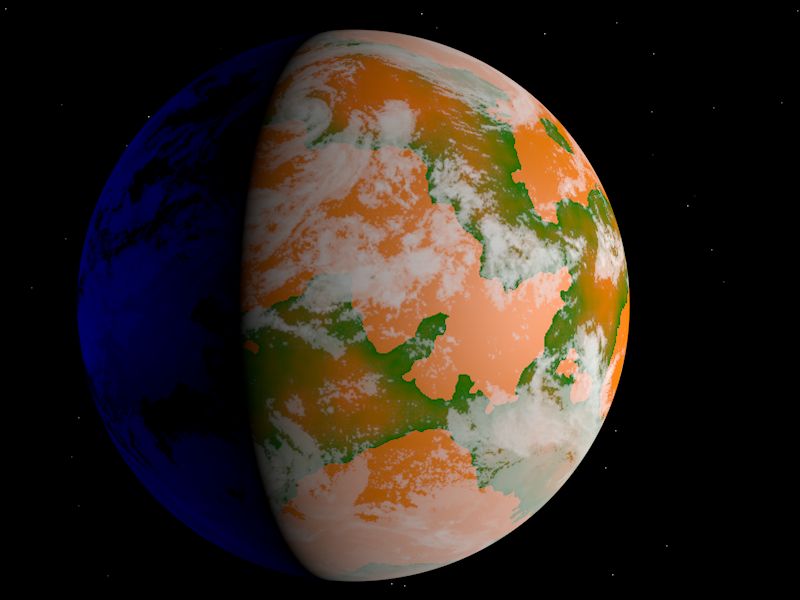
2. 55 Cancri e: The Lava World Where It Snows Fire
One of the most inhospitable worlds found is 55 Cancri e, a so-called “super Earth” 41 light-years from our own. It is eight times more massive and is entirely covered with oceans of molten lava. The temperature melts rock, and even rain falls in the form of lava from its super-heated sky. These extreme conditions make 55 Cancri e a darling among planetary researchers investigating the boundaries of rocky world formation and survival. Its close proximity to its parent star and radius pose a challenge to current models and provoke inspection as to how such a planet could exist and survive in such a toxic atmosphere. This planet reminds us, says The Schools’ Observatory, that “nothing is ‘super’ about the living conditions here.”

3. WASP-107b: The Fluffy World On Which It Snows Sand
WASP-107b, 200 light-years from our world, is special in that it has an extremely low density and thus is referred to as “the fluffy planet.” Observations using JWST also indicated that its atmosphere could be choked with cloud-like structures of silicate dust particles, and thus, scientists have suggested that it rains sand.
This puffed-up world tests the boundaries of our knowledge of planetary atmospheres and the physics involved in making such bizarre weather. The observation of sand rain on WASP-107b is a reminder of the diversity of exoplanetary weather and the necessity for new models of what makes these planets coalesce and change. As outlined in recent JWST research, the planet’s “fluffy” appearance is a window into the intricate chemistry and physics of other skies.
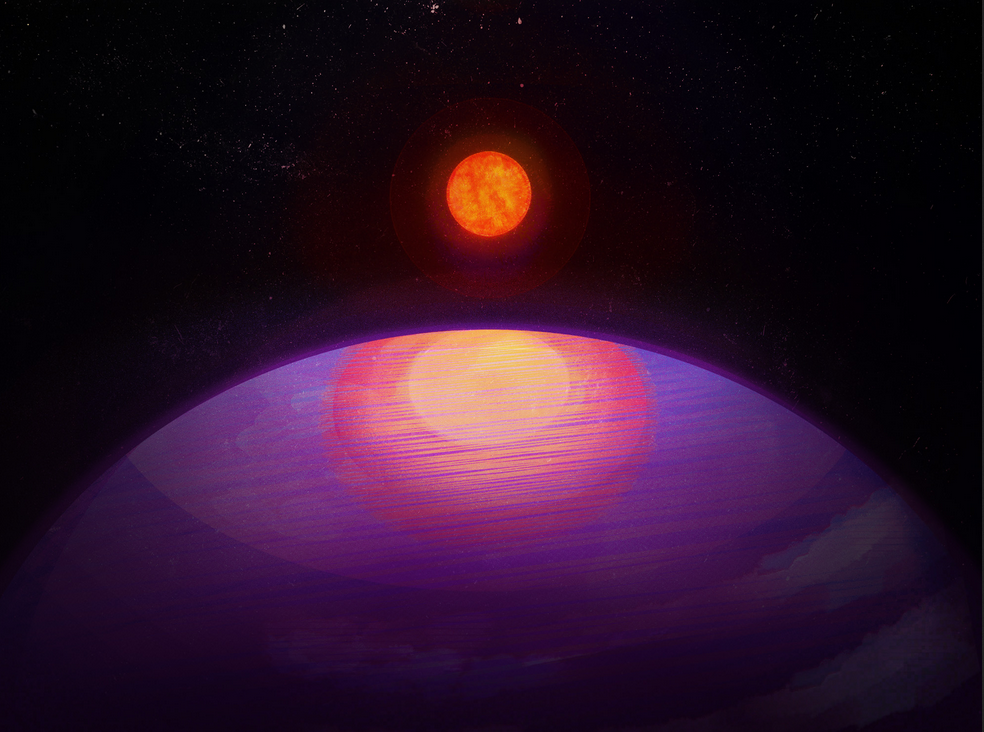
4. LHS 3154b: The Rule-Breaking Behemoth
Certain exoplanets contradict the very hypotheses astronomers use when examining the process of planet formation. LHS 3154b is such a case a behemoth of a planet, 13 Earth masses large, orbiting a star with but a fraction of the Sun’s mass. That it can be, having been discovered in 2023, has stumped minds within the scientific community because there exist established theories that such a massive planet is not possible to be in orbit about such a diminutive star.
Future research on LHS 3154b would require a reexamination of the processes that construct planetary systems. As astronomers penned upon its discovery, “This planet doesn’t seem like it could exist.” LHS 3154b’s enigma is a bitter reminder that the universe is more creative than human presuppositions typically anticipate.

5. WASP-76 b: The Hellish World with Glorious Rainbows
Zooming in a blistering orbit around its star, WASP-76 b is an extreme planet. Its dayside temperature is 4,350 degrees Fahrenheit (2,400 degrees Celsius) and hot enough to melt metal. But it is not just this extreme environment that makes it unique; it is a strange bright spot on its surface, observed where day and night converge. Scientists believe this may be a “glory,” a rarely observed optical phenomenon of concentric rings of colors in the rainbow spectrum, similar to the occasional sight seen on Earth.
These celestial views are not only beautiful to behold; they contain the secrets of the planet’s clouds and atmospheric composition. With data from JWST still revealing new wonders, WASP-76 b is one of the better examples of how strange planets can continue to surprise even veterans in the astronomy trade.
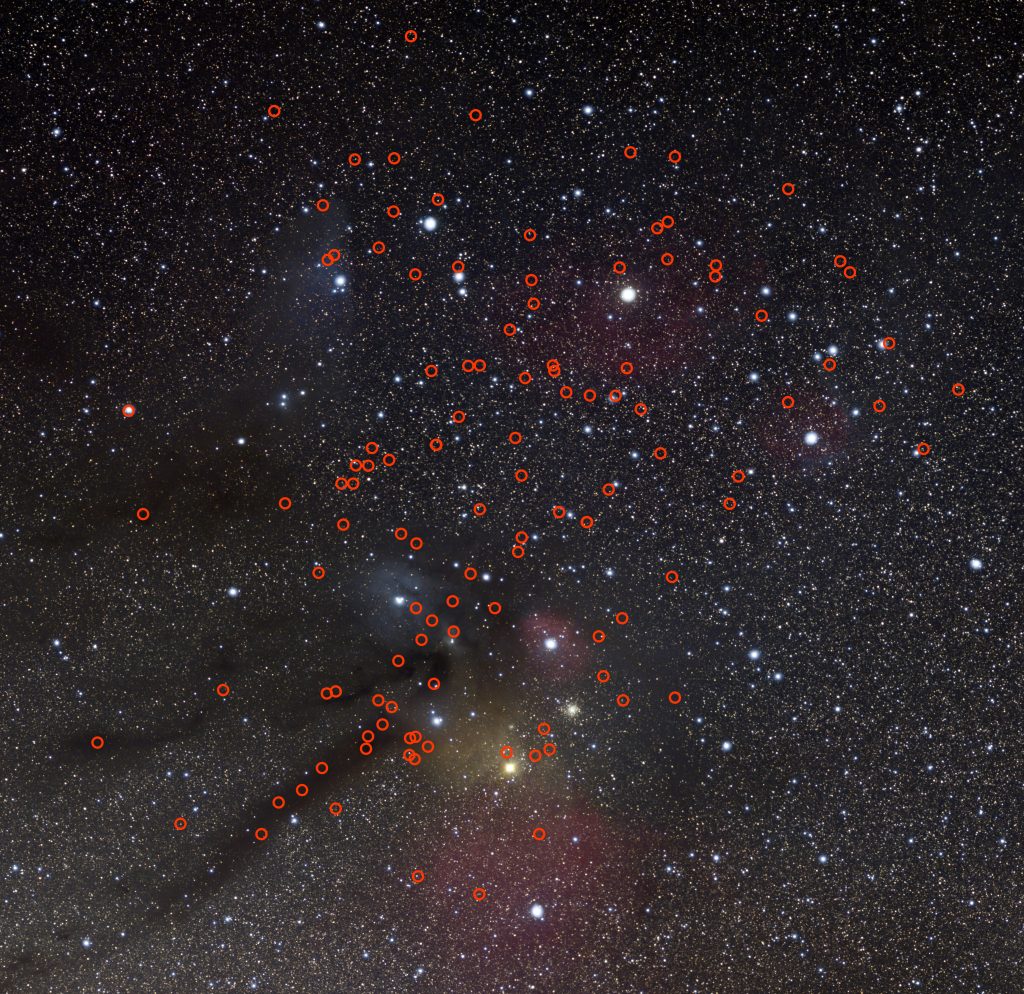
6. Rogue Planets of Orion: Worlds Without Suns
Not every planet circles a star. In the Orion Nebula, scientists with JWST have spotted hundreds of independent “rogue planets,” some even in binary pairs in orbits, wandering through space without a natal sun. These so-called JuMBOs (Jupiter-mass binary objects) are about as massive as Jupiter and could have been expelled from their birth star systems.
The existence of such rogue worlds defies the theory that planets have to orbit stars in order to survive. Nothing is known about their past, but their existence is a testament to violent mechanisms forming planetary systems. Scientists indicate that the abundance of such rogue planets indicates that the universe is likely to harbor far more planets than stars.

7. 2M1207b: The First Exoplanet Seen Directly
Although most exoplanets are known only to be name, 2M1207b was the first alien planet to ever have been detected in direct images, in 2004. The gas giant is 170 light-years from us in the Centaurus constellation and has a mass of about five times Jupiter. It was imaged via infrared imaging, masking the parent star’s light, by astronomers.
This achievement ushered in a new era of the science of exoplanets, enabling scientists to examine planetary atmospheres and climates close at hand. Following this, around 200 exoplanets were discovered using direct imaging, each providing us with an even clearer vision of the diversity and richness of planetary systems beyond our own.
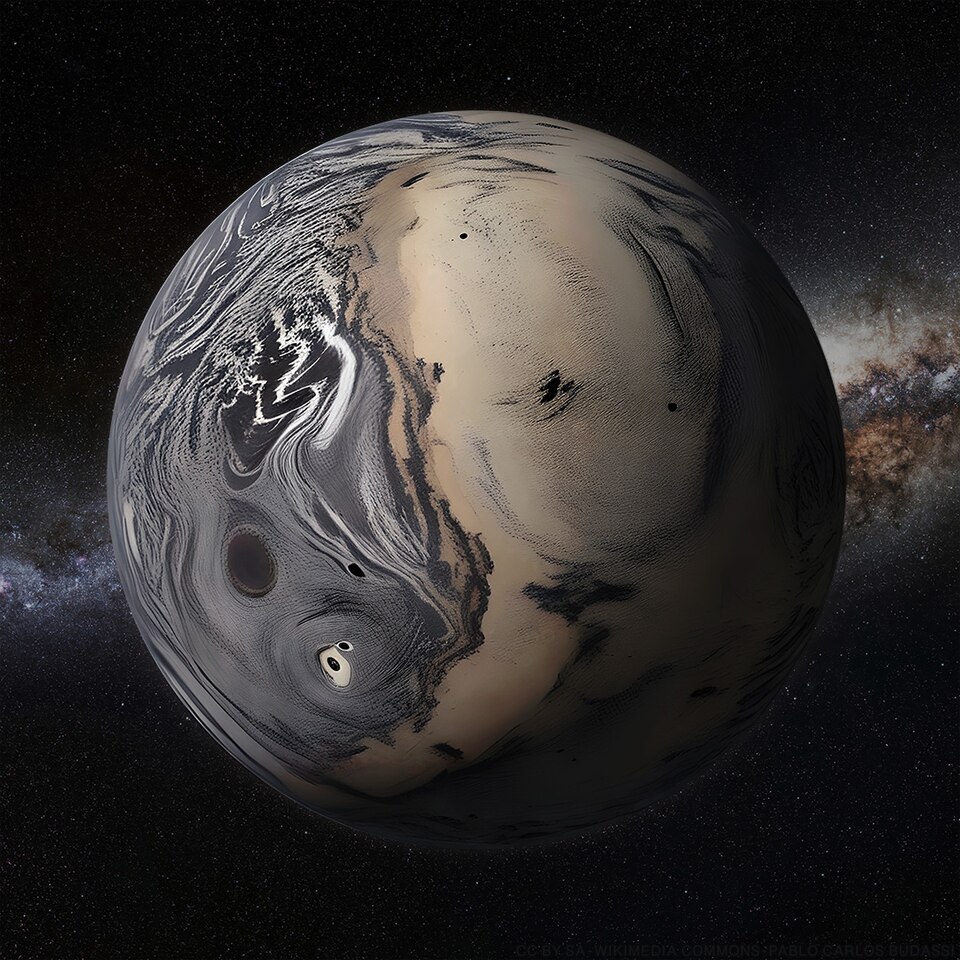
The continued study of exoplanets continues to test assumptions and push the limits of planetary science. Each new discovery, a rain of lava planet, a chemically mysterious water world, or a stray planet adrift in space, is a demonstration that the universe is vastly more diverse and unpredictable than previously imagined. With ever more sensitive telescopes and progressively more sophisticated analytical tools, the search for life and information about other worlds is just beginning. The next breakthrough could be just a step away.
